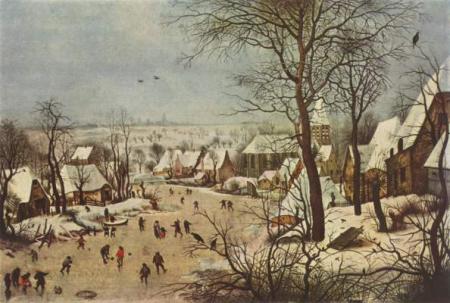September 21, 2005
Climate Change courses available online
University of California, San Diego has a nice set of online courses available online. The material is free to view. There are two dealing with Climate Change and one each for Astronomy and "Life in the Universe". These are available at the Calspace website. Good stuff -- the people who put this together are not buying into the "we are all gonna die" hysteria that a lot of "experts" are spewing these days. Yes, the earth is entering a warming trend but as the online course says (talking about the initial settlement of Greenland by Eirik the Red who had murdered two men in a quarrel and was banished from Iceland:Known as "Eirik the Red," he was exiled from Iceland for three years for his crimes, and in 980 A.D. he set sail and spotted an icy wasteland with pockets of green, habitable land rich in wildlife. In 982 A.D. he returned to this land with his family and livestock and lived there for the remainder of his exile. Returning to Iceland in 986, he convinced others to settle there with him, in part by somewhat misleadingly naming the settlement "Greenland". Habitation of Greenland at the time was possible because the climate of the early Middle Ages was unusually warm. By 1000 A.D., Greenland was inhabited by an estimated 1,000 Scandinavians. This original settlement was later celebrated in Icelandic saga, and other Scandinavians arrived in Greenland. The settlement only lasted until about 1480 A.D., when the onset of nasty winters brought the inhabitants to death by starvation. This sudden climatic cold spell, known as the "Little Ice Age," is an example of the power that climate change can have on human society.It was warm enough that they were able to grow wine grapes (fermenting equipment was found) -- wine grapes require high temperatures to develop the sugar needed for fermentation. But the next climate swing happened in the 1500's
The "Little Ice Age”, lasting from about 1350 A.D. to about 1850 A.D., was characterized by advances of mountain glaciers in most parts of the world and occasional spells of unusually cold winters in North America, Europe, and Asia. We commonly see European paintings from the 18th century that depict ice-covered rivers and lakes that have not been frozen for a life-time! In northern Canada, permanent snowfields developed, as seen in the age distribution of lichens growing on rocks.And we are now entering into another phase of warming. The idea that humans can make drastic changes to the climate is pure hubris on our part. We are the microbe on the ass of the flea that is biting an elephant. For a perfect example of ice in the 1500's, take a look at what Pieter Brueghel painted in the 1500's
Among the possible reasons given for the "Little Ice Age" are low solar activity and increased volcanism. How then are we going to tell which part of the recent warming is "natural" and which (if any) is due to human influence? The standard answer to this question is that the warming right after 1850 is mostly natural. The weather in the mid- and late 1830s was highly unusual and highly stressful, with severe winters and bad harvests (The great Irish famine falls into this period.) In the conventional view, the "Little Ice Age" is an anomaly (indeed it was the coldest period in the last several thousand years) and the warming after 1850 simply gets us back on track. This concept also supports the idea that warming in the last century has been a good thing for people, plants and animals, because it brought back the previous regime of a more benign climate.

Comments
Post a comment